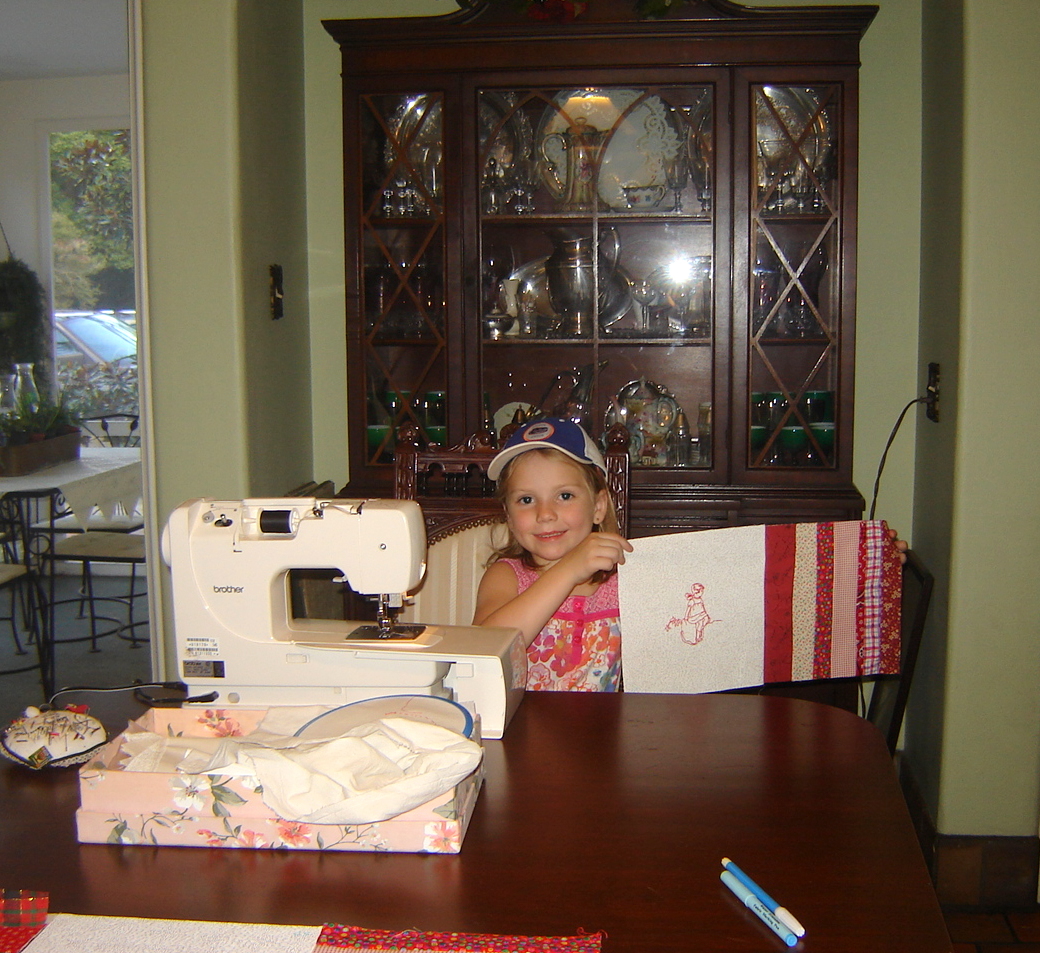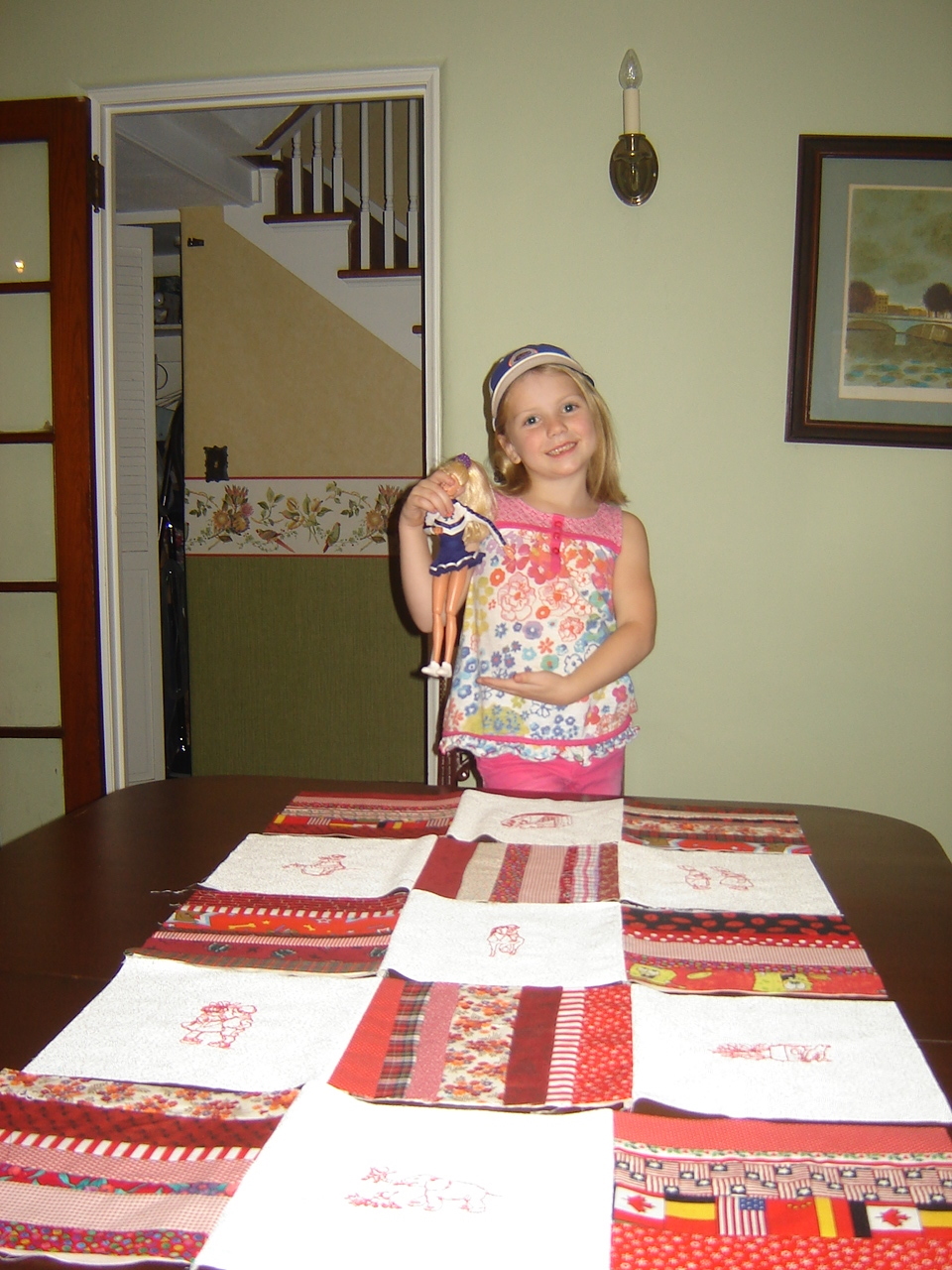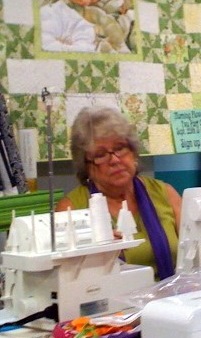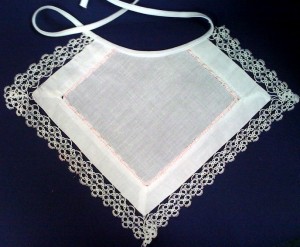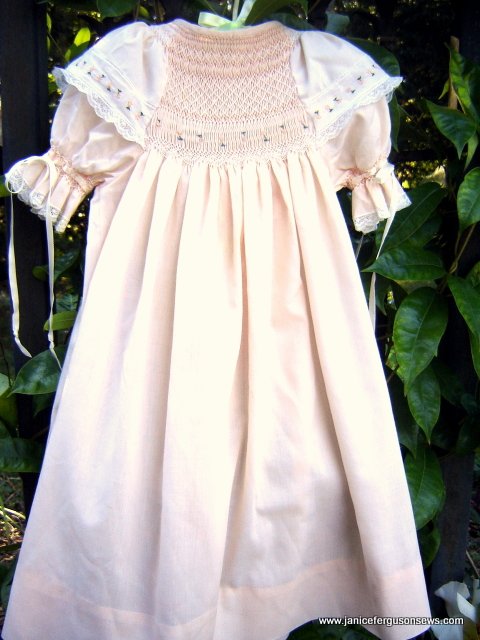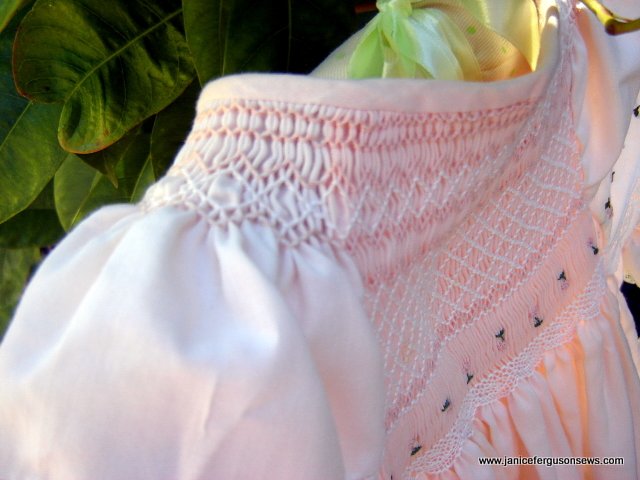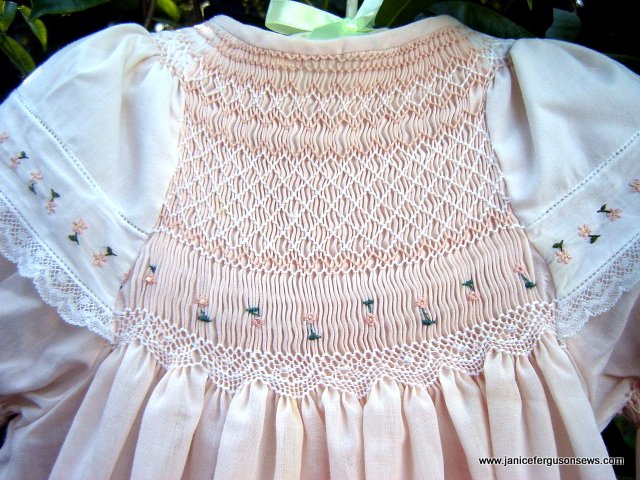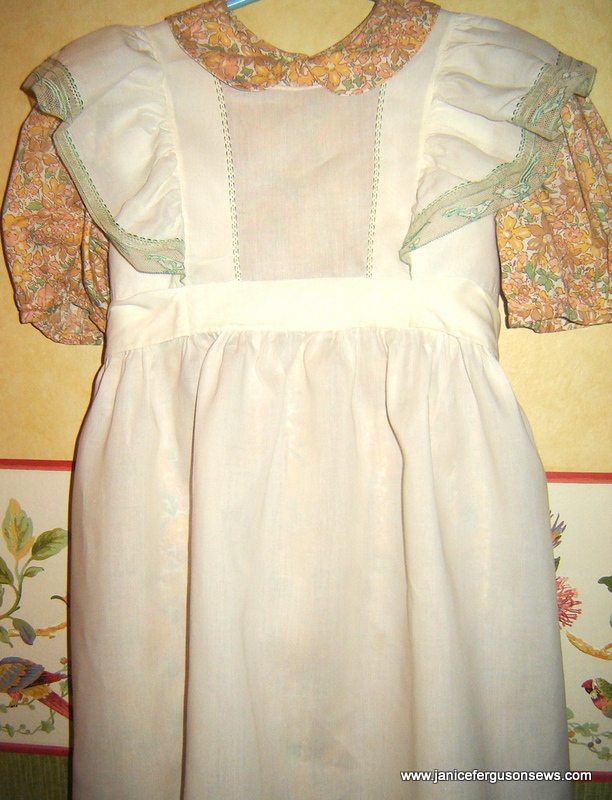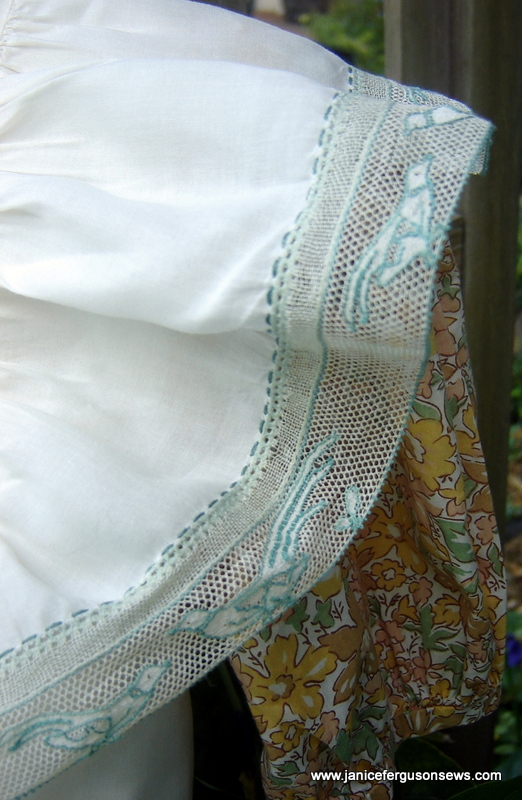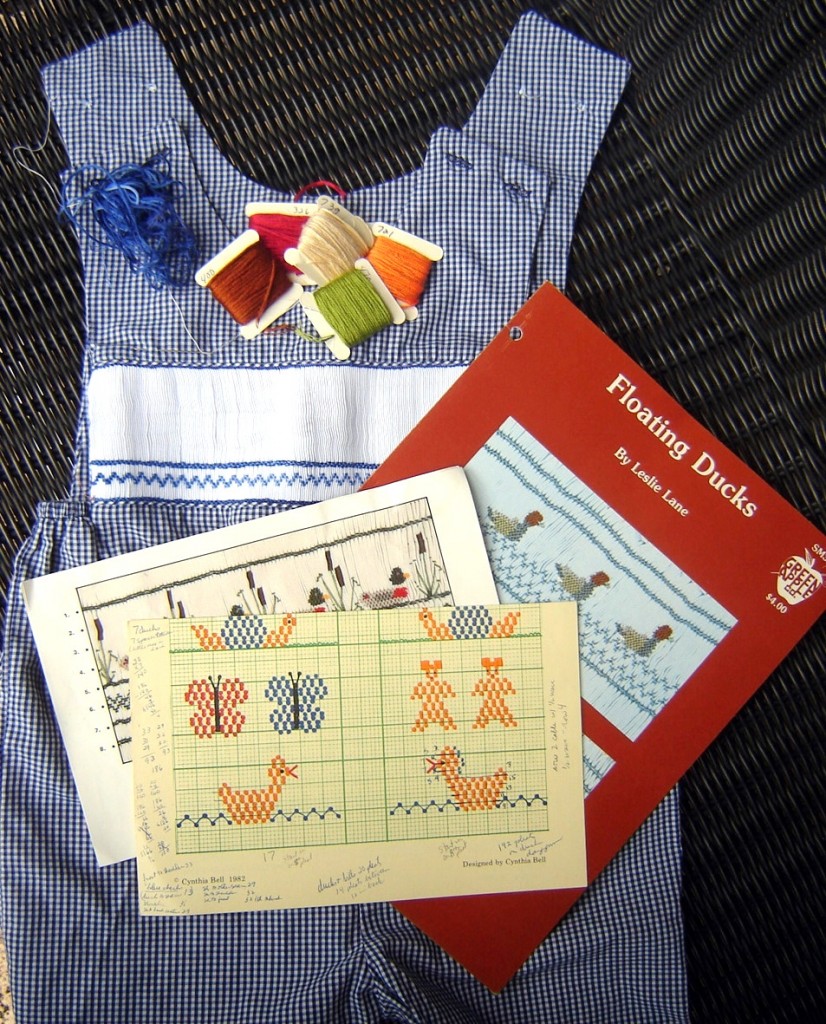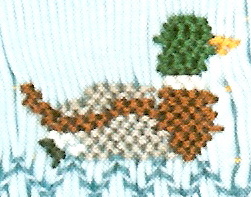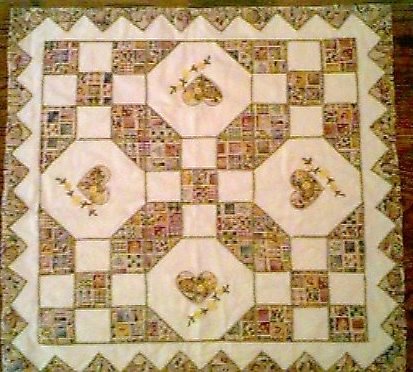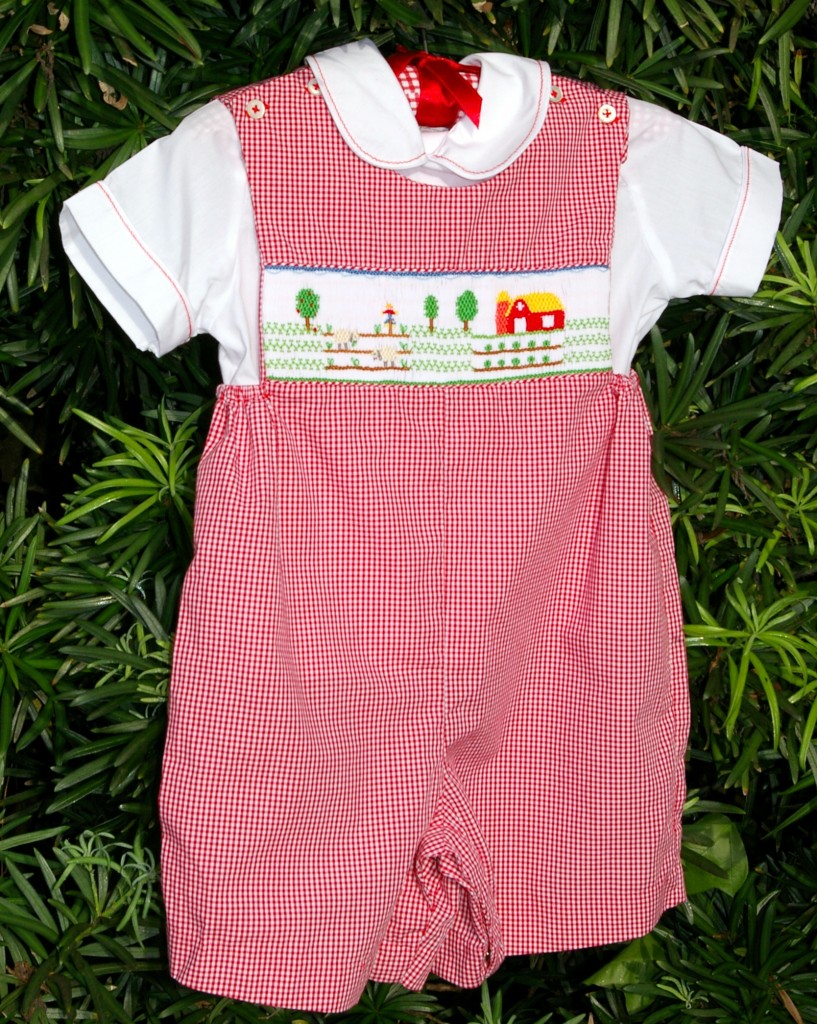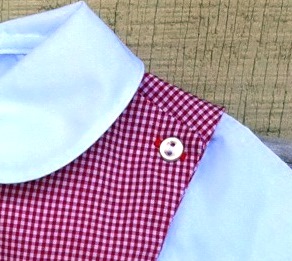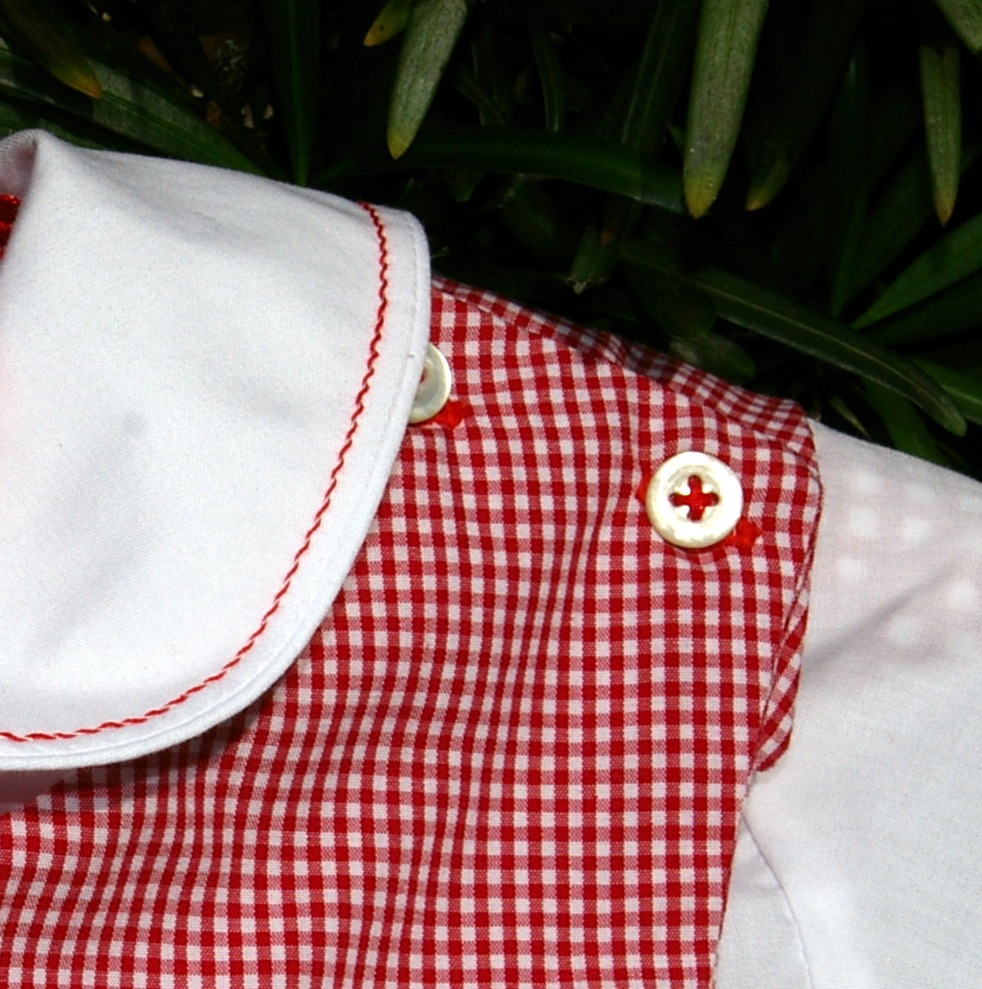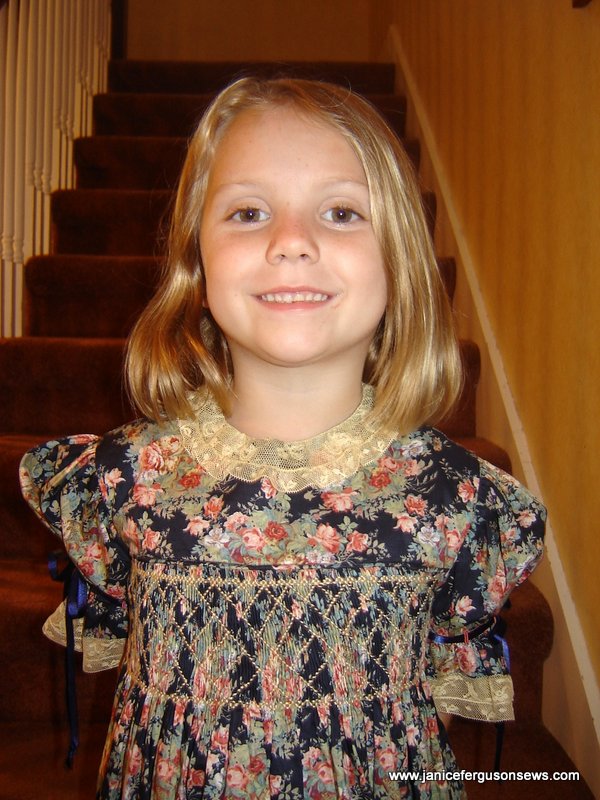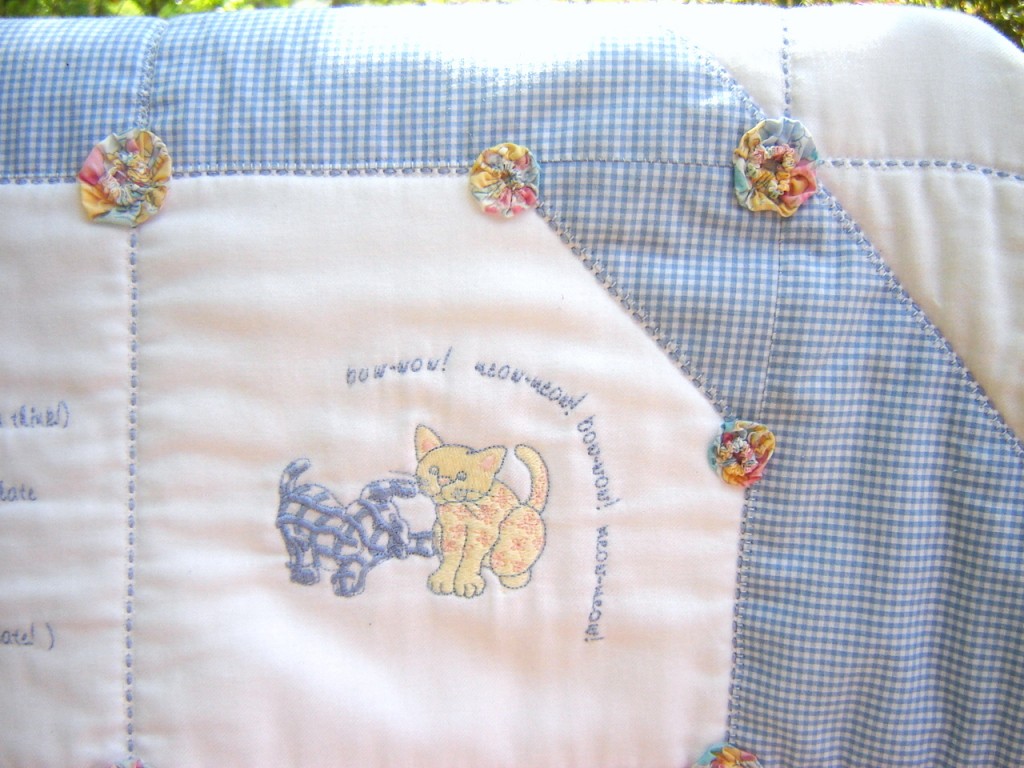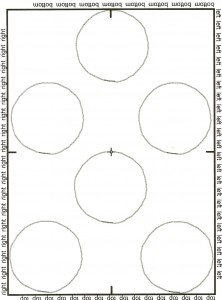Laurel is making her first quilt. I don’t know who is more excited, my little granddaughter or her Nana.
We started this project mid-summer as part of our homeschool curriculum. While she sewed, 5 year old Robert had shop class with Granddad. But one thing and another seemed to impede our progress and by the end of September, she had only embroidered 9 blocks, more than enough for this quilt.  But piecing had not yet begun.
Children do not have great attention spans. I learned long ago when teaching my Rebecca to sew that they need completion in a relatively short period of time. By Oct. 1, Laurel’s quilt was already in overtime as we began piecing. She absolutely loved selecting the fabric strips and sewing up those blocks.  I knew we had to keep our momentum and wrap this up soon.
But it’s football season.  On Saturdays, our family gathers here to watch the  day’s games so very little sewing gets done. The Florida had a bye this week—a blessed relief for the Gator Nation considering the way the season is going—so we could enjoy college football without biting our nails and groaning and wailing. This also gave me a chance to sew today with Laurel, whose limited but growing knowledge of college football prevented her from understanding that the Gators did not play today. Still, she arrived decked out with her Gator cap and ever-faithful game day companion, Gator Barbie. Continue reading

